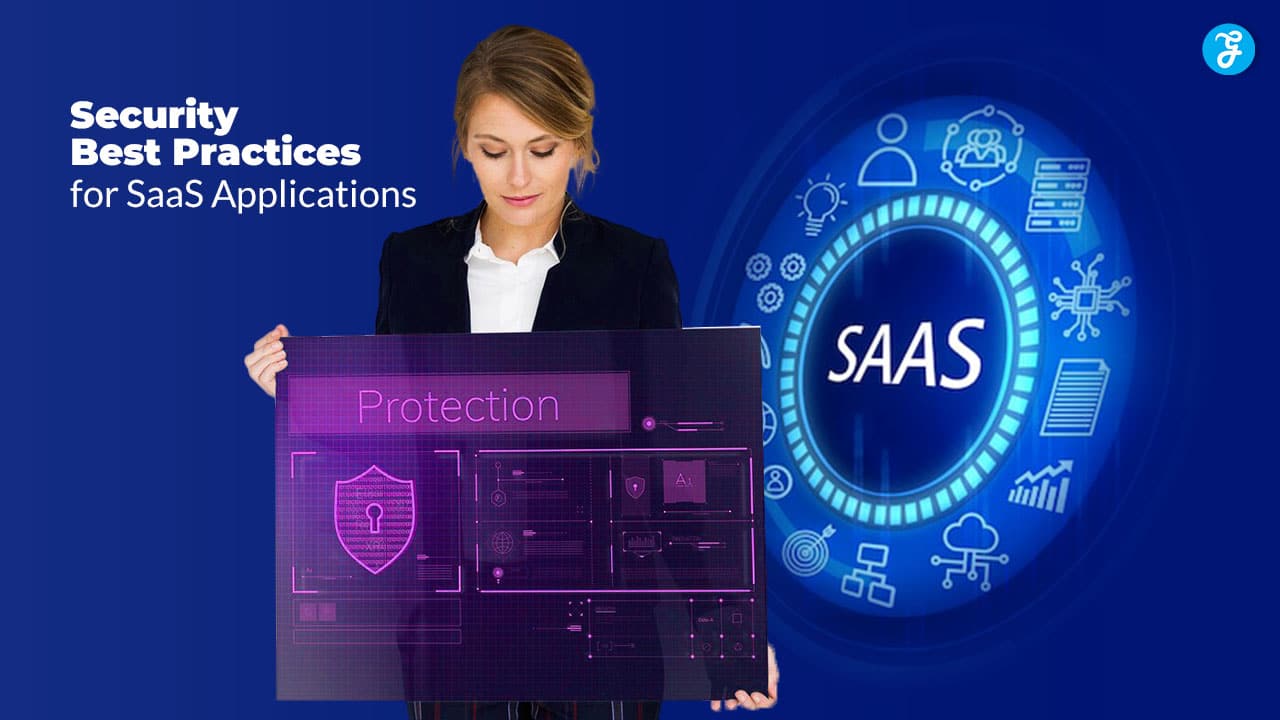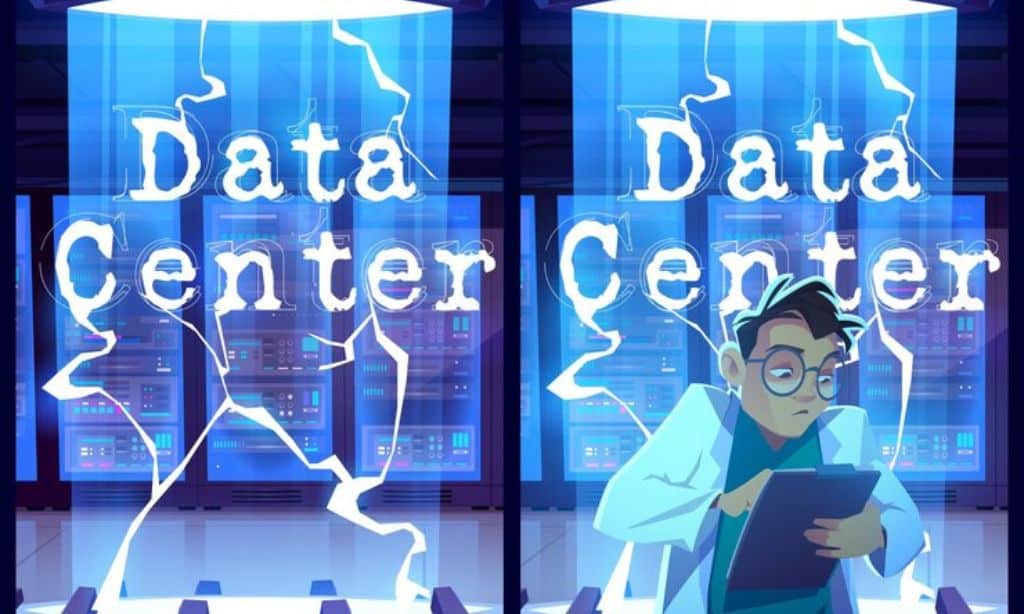The rapid adoption of SaaS (Software as a Service) applications has transformed the way businesses operate. These cloud-based solutions provide flexibility, scalability, and cost efficiency.
However, the convenience of SaaS also brings unique security challenges. Protecting sensitive data, ensuring user privacy, and preventing breaches are critical for maintaining trust and compliance.
This guide outlines 10 security best practices for SaaS applications to help businesses safeguard their digital assets and provide a secure experience for users.
1. Implement Strong Authentication Mechanisms
Strong authentication is the foundation of SaaS security. Implementing measures such as multi-factor authentication (MFA) ensures that only authorized users can access your application.
By combining credentials like passwords with additional verification methods (e.g., biometrics or one-time passwords), you can significantly reduce unauthorized access risks.
| Key Benefits | Details |
| Enhanced Access Security | Prevents unauthorized logins |
| User Confidence | Builds trust with robust protections |
| Compliance Readiness | Meets security standards for data protection |
Actionable Tips
- Enable MFA for all users, including administrators.
- Encourage strong password policies.
- Offer single sign-on (SSO) to simplify secure access.
2. Encrypt Data in Transit and at Rest
Encryption ensures that sensitive data remains secure during transmission and storage. SaaS applications should utilize strong encryption protocols (e.g., TLS for data in transit and AES for data at rest) to safeguard user information from interception or unauthorized access.
| Key Benefits | Details |
| Data Protection | Keeps sensitive information secure |
| Regulatory Compliance | Meets legal standards for data privacy |
| Mitigates Breach Impact | Ensures data is unreadable if accessed |
Actionable Tips
- Use HTTPS to secure data transmission.
- Encrypt databases and storage systems with robust algorithms.
- Regularly update encryption protocols to prevent vulnerabilities.
3. Regularly Update and Patch Systems
Outdated software is a major security vulnerability. Regular updates and patches ensure that your SaaS application is protected against known exploits. Automated patch management can streamline this process and minimize downtime.
| Key Benefits | Details |
| Risk Reduction | Closes security gaps in outdated software |
| Operational Stability | Prevents performance issues from vulnerabilities |
| Simplifies Maintenance | Keeps systems secure without manual effort |
Actionable Tips
- Schedule regular software updates.
- Enable automatic patching for critical components.
- Test patches in staging environments before deployment.
4. Conduct Regular Security Audits and Penetration Testing
Security audits and penetration tests help identify vulnerabilities in your SaaS application. Regular assessments simulate real-world attack scenarios to uncover weaknesses and improve your overall security posture.
| Key Benefits | Details |
| Vulnerability Identification | Discovers potential security risks |
| Enhanced Security Posture | Helps prioritize critical fixes |
| Regulatory Alignment | Demonstrates due diligence for compliance |
Actionable Tips
- Hire certified ethical hackers for penetration testing.
- Perform audits at least annually or after major updates.
- Document findings and implement recommended fixes.
5. Enforce Role-Based Access Control (RBAC)
Role-based access control ensures that users can only access the data and features necessary for their roles. This principle of least privilege minimizes the risk of data breaches caused by internal threats or accidental exposure.
| Key Benefits | Details |
| Data Protection | Restricts sensitive information to authorized users |
| Simplified Management | Streamlines permissions based on roles |
| Reduces Insider Threats | Limits access to prevent accidental misuse |
Actionable Tips
- Define user roles and assign permissions accordingly.
- Regularly review and update access controls.
- Use automated tools to manage RBAC policies.
6. Monitor and Log All Activities
Comprehensive logging and monitoring enable real-time detection of suspicious activities within your SaaS application. By tracking user actions, login attempts, and data access, you can identify potential threats early and respond effectively.
| Key Benefits | Details |
| Early Threat Detection | Identifies anomalies before they escalate |
| Forensic Analysis | Provides detailed logs for investigating incidents |
| Regulatory Compliance | Meets auditing requirements for security |
Actionable Tips
- Implement centralized logging systems like SIEM (Security Information and Event Management).
- Set up alerts for unusual activities.
- Retain logs for a defined period based on compliance requirements.
7. Secure APIs
APIs are critical components of SaaS applications, but they can be vulnerable to attacks if not secured properly. Implementing API security measures, such as authentication tokens, rate limiting, and data validation, protects your application from unauthorized access and misuse.
| Key Benefits | Details |
| Data Integrity | Prevents unauthorized API interactions |
| Enhanced Performance | Rate limiting reduces strain on resources |
| Secure Integration | Protects third-party and internal connections |
Actionable Tips
- Use OAuth 2.0 for API authentication.
- Regularly test APIs for vulnerabilities.
- Monitor API traffic to detect anomalies.
8. Educate Users and Employees
Human error remains one of the leading causes of security breaches. Educating users and employees about cybersecurity best practices reduces the likelihood of phishing attacks, weak passwords, and other preventable threats.
| Key Benefits | Details |
| Risk Awareness | Helps users recognize and avoid threats |
| Strengthened Security Culture | Encourages proactive security practices |
| Reduces Human Error | Minimizes unintentional security lapses |
Actionable Tips
- Conduct regular training sessions for employees.
- Provide guides for users on secure account management.
- Share updates about emerging security threats.
9. Backup Data Regularly
Regular data backups are essential for mitigating the impact of data loss due to cyberattacks, system failures, or accidental deletions. Backups ensure business continuity and allow you to recover critical information quickly.
| Key Benefits | Details |
| Disaster Recovery | Restores operations after data loss |
| Protects Against Ransomware | Allows recovery without paying ransoms |
| Compliance Support | Meets data retention requirements |
Actionable Tips
- Automate backups and store them securely.
- Test restoration processes periodically.
- Keep backups in multiple locations, including offsite storage.
10. Comply with Regulatory Standards
Compliance with industry standards like GDPR, HIPAA, or ISO 27001 is essential for SaaS providers. Adhering to these regulations not only ensures data protection but also builds trust with users and partners.
| Key Benefits | Details |
| Legal Protection | Avoids penalties for non-compliance |
| Builds Customer Trust | Demonstrates commitment to data security |
| Operational Efficiency | Aligns practices with recognized frameworks |
Actionable Tips
- Conduct regular compliance audits.
- Stay updated on changing regulations.
- Document policies and procedures to demonstrate compliance.
Takeaways
Implementing these 10 security best practices for SaaS applications is essential for protecting your platform, user data, and business reputation.
As cyber threats evolve, proactive security measures and ongoing vigilance are crucial for maintaining a secure and trustworthy SaaS environment.
By prioritizing strong authentication, regular monitoring, data encryption, and compliance, your SaaS application can deliver seamless experiences while keeping threats at bay.






































